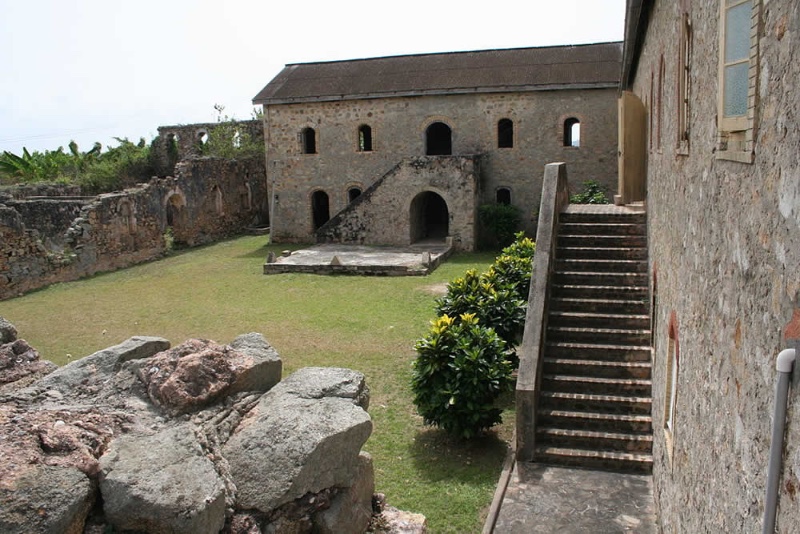When exploring Ghana, most people are caught up trying to gather information on tourist sites. Due to the now growing digitization, most of this information can not be found on the internet and the ones on the internet can be redundant or misleading. Also, most people are dumbfounded, when trying to map the countries region with the desire to explore and experience the countries history, culture and heritage. Here is a simplified mapping of the country, its region and the tour sites they hold;
Greater Accra Region
Although it’s the smallest region in terms of size, Greater Accra is the country’s second-most densely populated region, with some 3 million inhabitants. The region is made up of two metropolitan areas, Accra and Tema. The location is around the coastal belt of the Gulf of Guinea. For those looking to explore Ghana, the natural starting point is the capital as it holds the international Airport.

Picture of Central Accra.
Accra is one of the safest cities in Africa, brimming with interest and easy to get around. Accra has been Ghana’s capital since 1877 and contains impressive public buildings that reflect its transition from a 19thcentury suburb of Victoriaborg to the metropolis of today. Spread along the Atlantic coast and the Gulf of Guinea, present-day Accra is well endowed with luxury and good-value hotels, modern commercial areas and shops as well as excellent restaurants, bars and nightclubs. In addition, there are fascinating museums, notable public monuments and busy markets to be explored in old Accra. Whenever you are in an energetic city, there is always something to see and do. Below are a few:
National Monuments:
James town lighthouse, Kwame Nkrumah Mausoleum, Accra Art Centre

Accra Art Centre opposite National Lottery Authority 
The kwame Nkrumah nkrumah museum on the prof. Atta Mills Street. 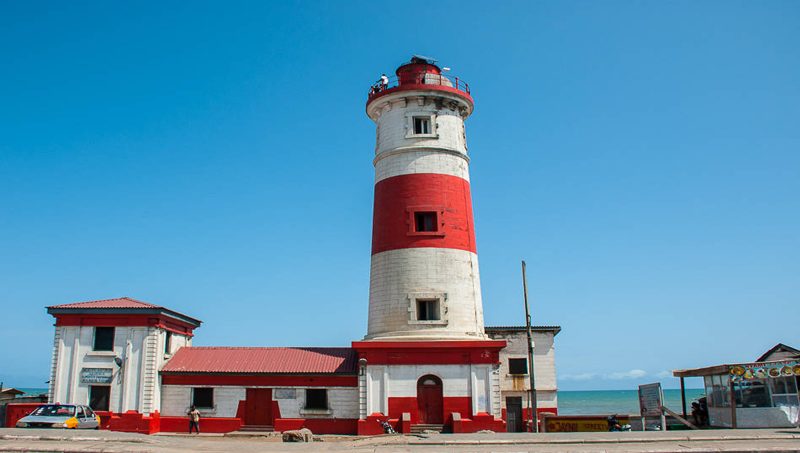
Light house located at James town
Castles/forts:
Osu Castle, Flagstaff house, James Fort, Usher Fort

Flagstaff house 
Usher Fort on the Prof. Atta Mills Street. 
James Fort on the Prof. Atta Mills Street. 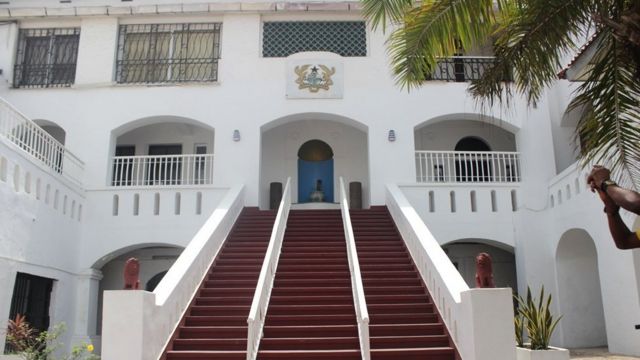
Osu Castle on the 28th February Road.
Game reserves:
Shai Hills Reserve, Legon Botanical Garden
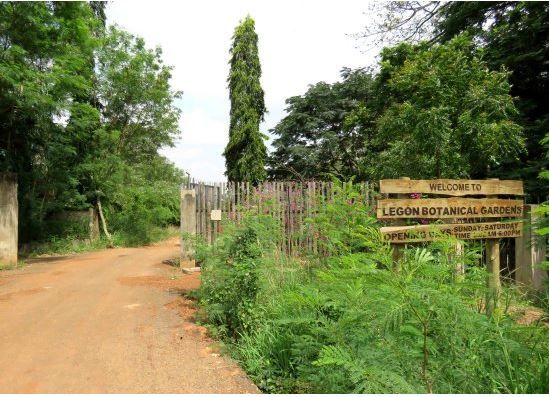
Legon Botanical Garden located at The University of Ghana 
Shai hill Resource Reserve located at Shai hills
Resorts:
Aqua Safari, Treasure Island, Maranatha Beach resort, La Pleasure beach resort,

Maranatha Beach resort at Ada 
La pleasure Beach located on the La Road 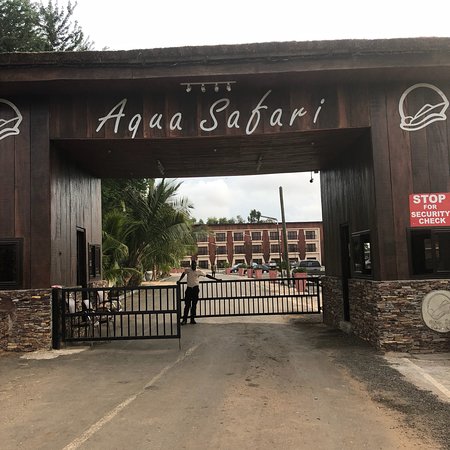
Aqua safari located at Ada
Northern Region
‘The mother of all regions’- it is the largest area of Ghana, famous for the scenic beauty of its Harmattan. The region is bordered on the north by the Upper East and Upper West Regions, on the east by Togo, on the south by the Black Volta River and the west by Ivory Coast and is made up of 26 districts. The tropical climate allows farmers to grow and sell food crops like yam, rice, maize throughout the year and over 75 per cent of the working population is involved in agriculture. The wet season lasts from May to October, with an average annual rainfall of 750 to 1,050 mm, while the dry season, with temperatures of up to 38 degrees, occurs between November and April. The Northern Region is much drier than southern Ghana because of its proximity to the Sahel and the Sahara. The savanna is a scene of splendour with its grasslands and baobab and acacia trees interspersed with rare species of flora. This is a place of wonderful vistas that include;
Mole National Park,,Larabanga Mosque, Zaine Lodge
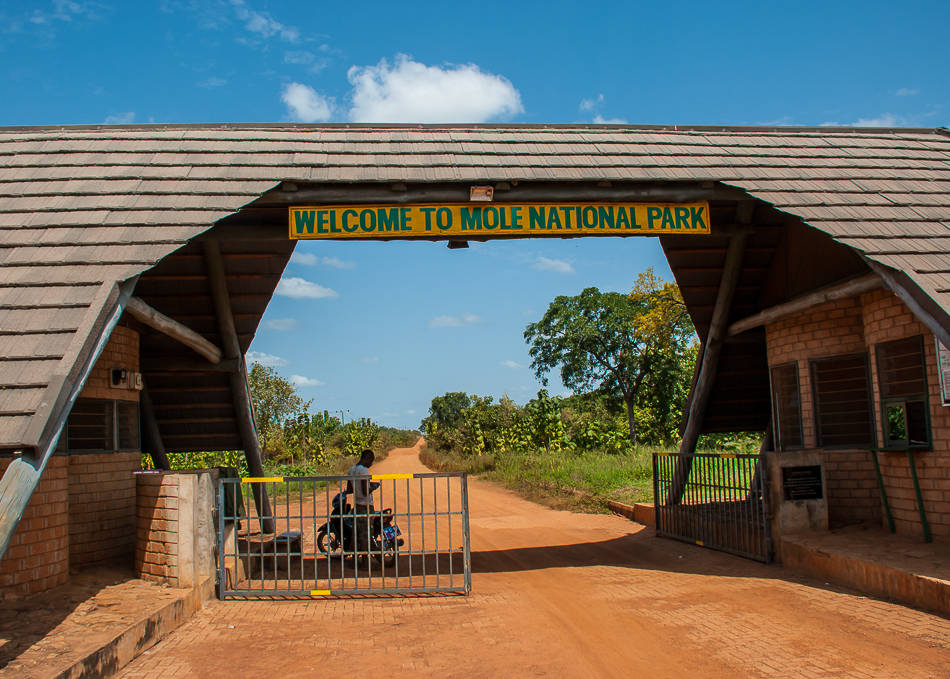
Mole National Park 
Zaine Lodge 
Larbanga Mosque
Eastern Region
The Eastern Region of Ghana is a rich blend of dramatic landscape, historical remnants and traditional cultures. Although it is close and some few minutes’ drive from Accra depending on your preferred location, the two neighbours are in stark contrast. The ancient atmosphere of the Eastern Region blends effortlessly with the 21st century.
The region is full of the nation’s history, Mainly the birthplace of Ghana’s famous cocoa industry that is found at Mampong – Akwapim, where the country’s first-ever cocoa farm was established by Tetteh Quarshie with seeds originally brought from Fernando Po Island. From this small beginning grew one of the country’s main industries. if you are a lover of wildlife, nature, landscape, or hiking, the eastern region is a place to be, also you can visit these sites:
National Monuments:
Peduase Lodge, Akosombo Dam
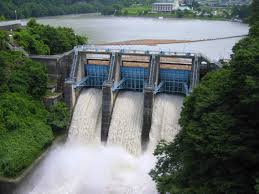
akosombo Dam
National Park:
Aburi Garden, Bunso Echo Park, Adom Waterfalls, Asenama waterfalls, Akaa Waterfalls, ,
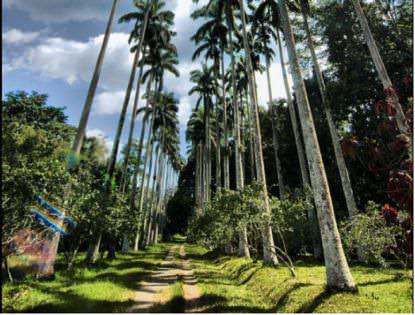
Buno Eco park 
Asenema Waterfalls 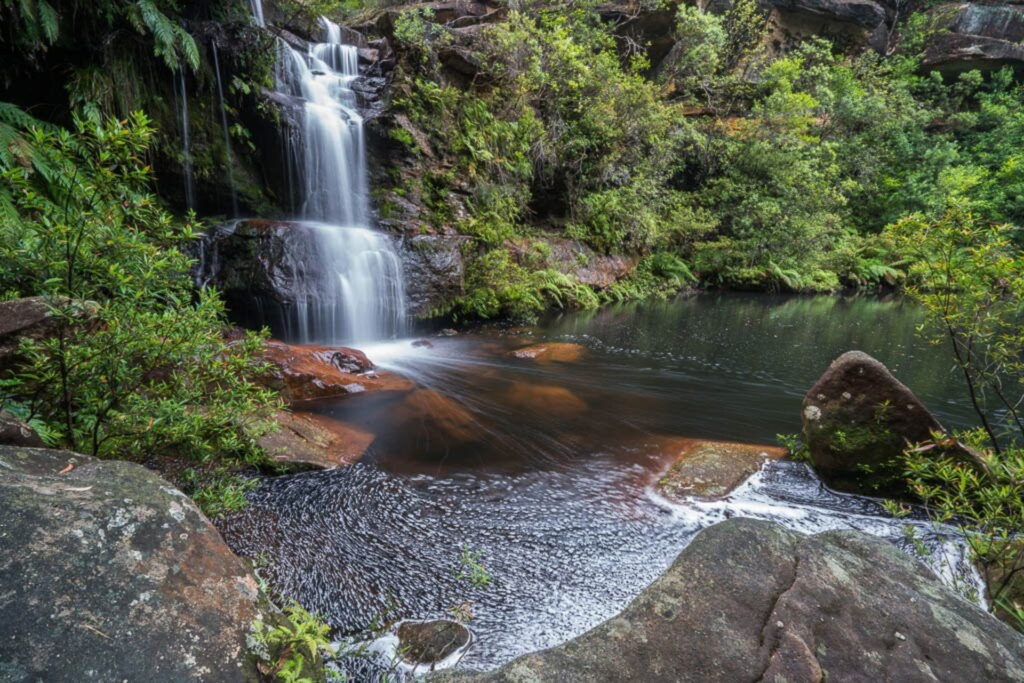
Akaa Waterfalls 
Adom waterfalls 
Aburi Garden
Resorts:
Peduase Valley Resort, Royale Senchi, Akosombo Continental Hotel

Akosombo Continental Hotel at akosombo 
Royal senchi Resort at Akosombo 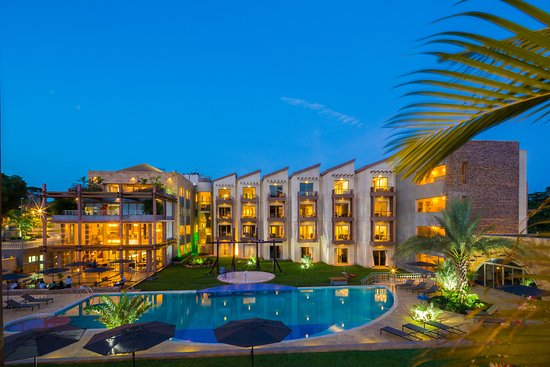
Peduase Valley Resort at Aburi
Western region:
The Western Region is located in south Ghana along the coast, Mapping from the borders of the Ivory Coast in the west to the Central region in the east, includes the capital and the region is home to the large twin city, that is Sekondi-Takoradi on the coast, coastal Axim, and a hilly inland area including Elubo. The Western Region has the highest rainfall in Ghana, lush green hills, and fertile soils. There are numerous small and large-scale gold mines along with offshore oil platforms that dominate the Western Region economy. The culture is dominated by the Fanti as the main languages and French and English.
National Monuments:
the village of Nzulezo, the Ankobra River
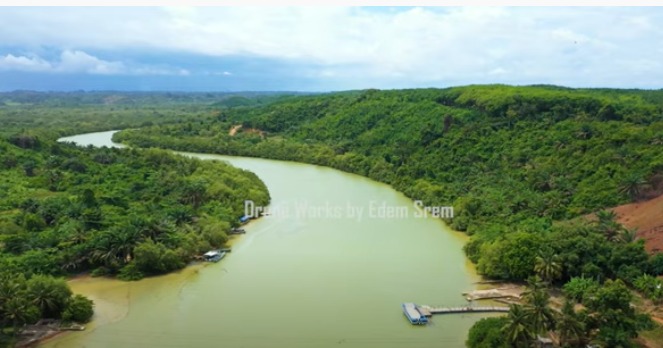
Ankobra River 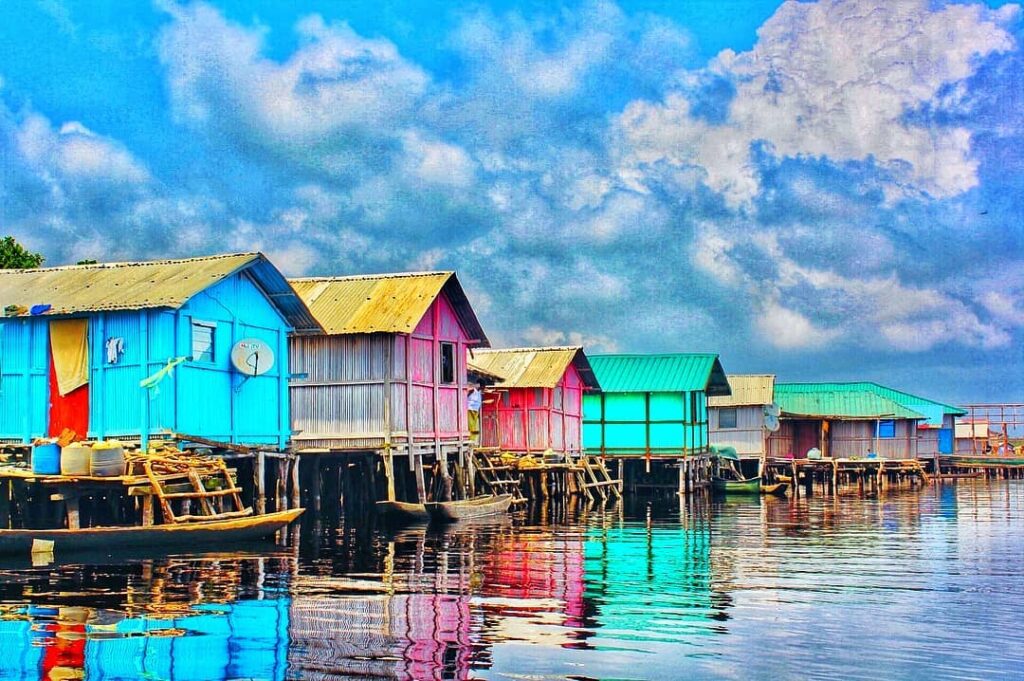
Nzulenzo Village
Resorts:
Lou Moon, Lemon Beach Resort, Maaha Beach, Shama Beach Resort
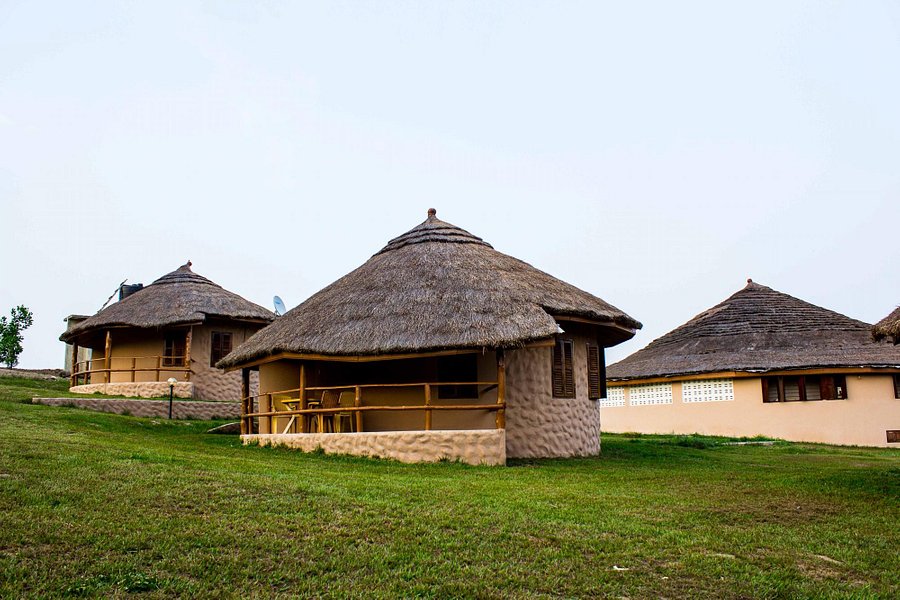
Shama Beach resort at Shama takoradi 
Maaha beach resort located at Atuabo 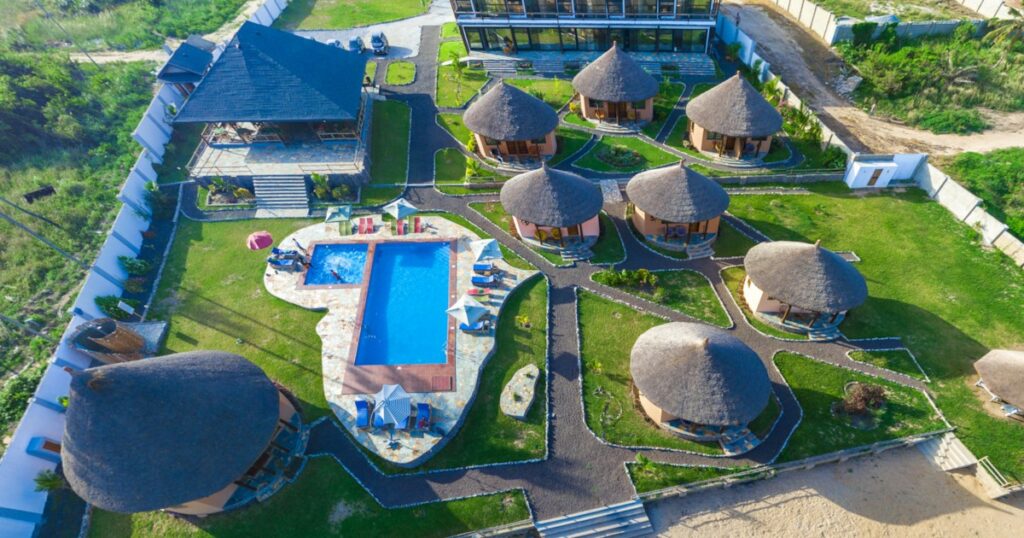
lemon beach resort located on the Elmina 11 JJ Rawlings High Street, Elmina 
Lou moon Beach resort Located at Axim
Castle/Forts:
Fort Apollonia, Fort Orange, Fort Groot Fredericksburg


